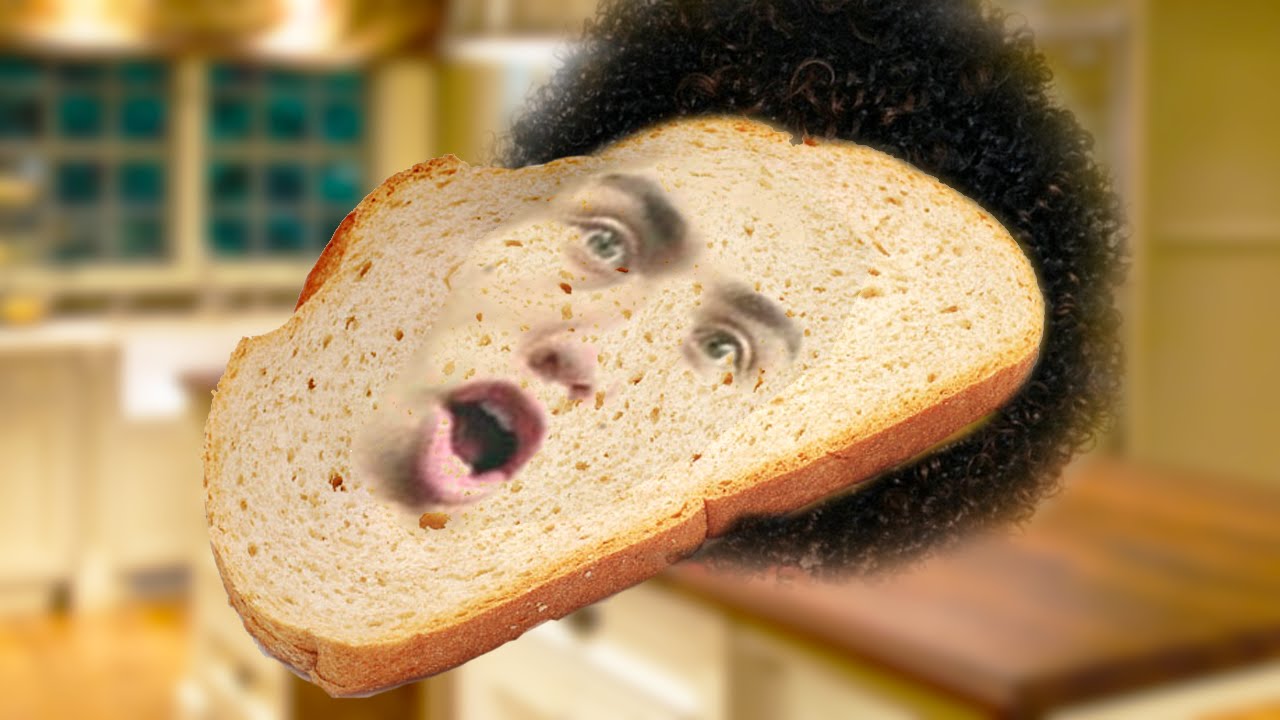|
Bread is a staple part of different cultures and diets across the world upheld for its nutrition proportions. A new study shows bread to be saltier than expected and even surveys state bread to occupy No.1 position in the list of saltiest foods consumed by us. Bread does not taste of sodium much, but seems to contain more than predicted, the sodium levels varying depending on the kind of bread and the quantity of bread we eat.
Bread Stacks! The study analyzed 2000 bread varieties (including white, wholegrain, mixed grain, oats and flatbreads) found in 32 countries across the world which revealed the shocking results that bread might be the saltiest food known! Almost a third of the breads contained more salt than UK’s maximum recommended salt levels [6g/day of salt (2.4g sodium)]. Authentic health and wellness government departments in the US recommend citizens to indulge in not more than 2300 milligrams of sodium per day (one teaspoon of salt) and the American Heart Association recommends limiting sodium intake to 1500 milligrams per day. This is almost similar to WHO recommendations of consuming less than 2000 milligrams of sodium per day. The shocking facts here are that, some breads (100g or 2 slices) contain a whopping 1000 milligram of sodium and people all over include bread as their daily staple food ignorant of its exuberant sodium levels. Less-Salted Vs More-Salted Bread Canada is the owner of the saltiest bread variety, a rosemary focaccia that contains 1060 milligrams of salt per 100 grams of the bread. Few other foods that compete with bread include potato chips (100 grams contain 530 milligrams of salt), one cup of salted dry-roasted nuts (916 milligrams) and one large fries at McDonald’s that contains 350 milligrams of salt. Bread was rated as the major contributor of sodium (14%) in Canadian people as it was a major food staple consumed in overwhelming large quantities in the country. Almost 44% of white breads in the survey contained more salt than UK’s maximum salt target. Curbing salt content in breads is not all that difficult. Research too shows that it is possible to reduce salt content of bread by as much as 25% over a 6-week period without considerable difference. Mixed grain breads fared well among the entire lot containing lowest salt content while flatbreads and wholemeal breads were classified as saltiest of all the bread categories, but there was considerable variation across every category. But why do breads contain so much salt when they taste normal? That’s because salt is added in every step during bread manufacturing, for taste, shape, texture and preservation for extended shelf life. A bag of chips containing salt hits hard on the taste buds as there is salt on the outer chips covering. But with bread, salt is added during manufacturing along with lot other ingredients including sugar that covers up for the much-higher saltiness. Ironically, such high salt quantities are not needed to meet the requirements. A single bread type contained different levels of salt (three-fold difference) between varieties. Be smart to choose the lower-salt options available, especially if you consume bread on a daily basis. Bread is an easy way to cut down sodium content in everyday foods. The low-sodium options might not taste good as your earlier choices initially. You will get used to it and relish eating the bread in due course. While sodium is essential to maintain fluid balance and for muscle function, eating too much sodium can greatly increase the chances of high blood pressure in people especially sensitive to this mineral which in turn elevates chances of heart disease. High blood pressure rates have been further decreased and this makes a lot more people fall under the ‘high blood pressure’ category. For the latest standard blood pressure levels, please visit the website www.firsteatright.com. It is sad to know that bread manufacturers add unnecessarily ample salt quantities and government should act quickly against this. WHO aims to reduce salt intake by 30% by 2025 and only if all countries cooperate and take such critical steps, would WHO’s measures and dreams be fulfilled. Comments are closed.
|
AVOID FRAUD. EAT SMART.+91 7846 800 800
AuthorDietitian & Nutritionist Dr. Nafeesa Imteyaz. Archives
May 2024
Categories
All
Dr. Nafeesa's Blog @blogspot |
- Home
- Written Testimonials
- Consult
- Clinics
- Blogs
-
Diet & Nutrition
- Diabetes Reversal
- IVF IUI not needed for PCOS PCOD Infertility
-
Medical Nutrition
>
-
Disease & Conditions
>
- Infertility | PCOS
- Diabetes Mellitus
- Cholesterol
- Hypothyroid
- Kidney Problems
- Hypertension
- Cardiovascular Diseases
- Liver Diseases
- Gastro intestinal disorder
- Cancer
- Metabolic Disorders
- Orthopedic Disorders
- Eating Disorders
- Dietary Recall
- Weight Record Filled By Clients
- Online Payment Transaction Details
- Online Clients Weight Check Form
- Our Program Package Service Charges
- Weight Record 2017 Clients
- Measurements sent by Clients
- Terms & Conditions Of Payment
- Thanks. Your Form is Submitted
- Video Testimonials
- Lifestyle & Wellness
- Lifestyle & Wellness Blog
- Allergy & Intolerance
- Weight Loss / Gain
- Weight Loss / Slimming Blog
-
Disease & Conditions
>
- Life Cycle Nutrition >
- Sports Nutrition >
- Integrity in Nutrition
- Knowledge Centre
© COPYRIGHT 2022. ALL RIGHTS RESERVED. FRST HEALTHCARE PVT LTD.
Dr. Nafeesa Imteyaz of First Eat Right clinic, is the Best Dietitian Nutritionist in Bangalore. Best Dietitian Nutritionist in Pune. Best Dietitian Nutritionist in Hyderabad. Best Dietitian Nutritionist in Chennai. Best Dietitian Nutritionist in Mumbai. Best Dietitian Nutritionist in Delhi. Best Dietitian Nutritionist in Kolkata.


